What You Need To Know About Triclosan: The Antimicrobial Ingredient and 7 Reasons You Should Avoid
Triclosan: The Antimicrobial Ingredient You Should Avoid
Overview
Triclosan – In today’s world, we’re all increasingly concerned about hygiene and cleanliness. This concern has led to the proliferation of antibacterial products, from hand soaps to toothpaste. One common ingredient found in many of these products is triclosan. However, recent research has raised serious concerns about the safety and efficacy of this chemical, leading experts to advocate for its avoidance. In this article, we will delve into the world of triclosan, its uses, potential risks, and why it’s a good idea to steer clear of products containing this antimicrobial agent.
What is Triclosan?
Triclosan is a synthetic antimicrobial compound that has been in use since the 1960s. It was initially developed for use in healthcare settings and later found its way into various consumer products due to its ability to kill or inhibit the growth of bacteria. It is known by the chemical formula 5-chloro-2-(2,4-dichlorophenoxy)phenol. Today, you can find this dangerous chemical in a wide range of personal care and household products, including soaps, toothpaste, deodorants, and even clothing.
The Myth of Antibacterial Superiority:
One of the primary reasons triclosan became so popular is the prevailing belief that antibacterial products are more effective at preventing illness and maintaining good hygiene. However, this belief has been debunked by numerous studies. Regular soap and water have been proven to be just as effective, if not more so, in removing bacteria and viruses from your hands. Furthermore, excessive use of antibacterial agents like 5-chloro-2-(2,4-dichlorophenoxy)phenol can contribute to the development of antibiotic-resistant bacteria, which poses a serious public health threat.
Health Concerns:
Concerns have been raised about the safety and environmental impact of triclosan, leading to recommendations to avoid its use. In response to these concerns, regulatory agencies in various countries have taken actions to limit the use of 5-chloro-2-(2,4-dichlorophenoxy)phenol in certain consumer products. For example, the U.S. FDA banned this chemical in over-the-counter antibacterial hand soaps and body washes in 2016 due to concerns about its safety and efficacy. Here are some key reasons why this dangerous chemical should be avoided:
- Endocrine Disruption: 5-chloro-2-(2,4-dichlorophenoxy)phenol is known to disrupt the endocrine system, affecting hormone regulation
in animals. While the direct health implications for humans are still being studied, it’s worrisome that an ingredient found in so many everyday products may be interfering with our hormonal balance. This health concern alone should raise an eyebrow for you. If you are having a difficult time loosing weight or your hormones are out of balance, this could be the reason.
- Antibiotic Resistance: Triclosan’s widespread use in consumer products has raised concerns about the development of antibiotic-resistant bacteria. There is evidence that exposure to this chemical may contribute to the development of antibiotic resistance, making bacterial infections harder to treat with conventional antibiotics.
- Environmental Impact: 5-chloro-2-(2,4-dichlorophenoxy)phenol is not only harmful to humans but also to the environment. It is persistent and can accumulate in aquatic ecosystems, posing a risk to aquatic life. Additionally, this chemical can react with sunlight to form potentially harmful byproducts.
- Potential Allergen: Some individuals may experience skin irritation or allergies when exposed to products containing 5-chloro-2-(2,4-dichlorophenoxy)phenol. This further underscores the need to be cautious when using such products.
- Skin Irritation and Allergies: Triclosan can cause skin irritation and allergic reactions in some individuals. People with sensitive skin may experience redness, itching, or rashes when exposed to products containing 5-chloro-2-(2,4-dichlorophenoxy)phenol.
- Potential Impact on Immune Function: Some research has suggested that 5-chloro-2-(2,4-dichlorophenoxy)phenol exposure may have the potential to impact the immune system, although more studies are needed to fully understand this aspect of triclosan’s effects on health.
- Impact on Microbial Communities: Triclosan’s use can disrupt microbial communities, both in the environment and on the skin. This disruption can have implications for the balance of beneficial and harmful bacteria, potentially affecting overall health.
It’s important to note that while these concerns exist, more research is needed to fully understand the health effects of 5-chloro-2-(2,4-dichlorophenoxy)phenol in humans and the extent of its impact on the environment. In response to these concerns, regulatory agencies in some countries, such as the United States, have taken action to limit the use of this chemical in certain consumer products.
Which Are Triclosan Found?
Triclosan is a synthetic antimicrobial compound that has been widely used in a variety of personal care and household products for its antibacterial properties. While its use has declined due to concerns over safety and environmental impact, it is essential to be aware of the types of products where 5-chloro-2-(2,4-dichlorophenoxy)phenol has historically been found. Please note that regulations and formulations may have changed since my last knowledge update in September 2021, and it’s always a good idea to check product labels for the most up-to-date information. Here is a detailed list of products where 5-chloro-2-(2,4-dichlorophenoxy)phenol has been commonly found:
- Antibacterial Soaps and Hand Sanitizers: Triclosan was a common ingredient in antibacterial hand soaps and hand sanitizers, marketed for its ability to kill bacteria and provide enhanced cleanliness. However, as of September 2016, the U.S. FDA banned the use of this chemical and several other antibacterial agents in over-the-counter hand washes and body washes due to concerns over its safety and efficacy.
- Toothpaste: This chemical has been used in some toothpaste formulations for its potential to combat gum diseases and reduce plaque and gingivitis. Some well-known toothpaste brands have incorporated 5-chloro-2-(2,4-dichlorophenoxy)phenol into their products. However, it’s worth noting that the American Dental Association (ADA) has stated that the benefits of this chemical in toothpaste are not clear, and regular fluoride toothpaste is considered sufficient for maintaining oral health.
- Deodorants and Antiperspirants: 5-chloro-2-(2,4-dichlorophenoxy)phenol was used in some deodorants and antiperspirants as an antibacterial agent to control odor. However, it’s becoming less common in these products due to safety concerns.
- Shampoos and Body Washes: Some shampoos and body washes included 5-chloro-2-(2,4-dichlorophenoxy)phenol for its antibacterial properties, often marketed as a way to maintain cleanliness and reduce bacterial growth on the skin and scalp.
- Acne Treatments: Triclosan was occasionally found in acne treatment products, such as facial cleansers and topical creams, to help combat acne-causing bacteria. However, alternative acne treatments without 5-chloro-2-(2,4-dichlorophenoxy)phenol are widely available.
- Household Cleaning Products: 5-chloro-2-(2,4-dichlorophenoxy)phenol was incorporated into various household cleaning products, such as kitchen and bathroom cleaners, as an antimicrobial agent. Its use in cleaning products has also raised environmental concerns due to its persistence in wastewater and potential harm to aquatic ecosystems.
Kitchen Items: This chemical has been used in some kitchen items like cutting boards and sponges with claims of reducing bacterial contamination. However, its use in these products has become less common, and safer alternatives are often recommended for food preparation and cleaning.
- Textiles: 5-chloro-2-(2,4-dichlorophenoxy)phenol has been used in textiles, such as clothing, bedding, and towels, to impart antimicrobial properties. These products were marketed as being able to resist odor and bacteria growth. However, triclosan-treated textiles have also faced scrutiny for potential environmental impact.
- Feminine Hygiene Products: 5-chloro-2-(2,4-dichlorophenoxy)phenol has been found in some feminine hygiene products, such as tampons and sanitary pads, to provide antibacterial protection. However, the use of this chemical in these products has raised concerns about potential health effects, and alternatives without this chemical are available.
- Children’s Toys and Products: 5-chloro-2-(2,4-dichlorophenoxy)phenol has been incorporated into some children’s toys, especially those marketed as being antibacterial or easy to clean. However, due to safety and environmental concerns, manufacturers have been urged to phase out the use of this dangerous chemical in these products.
- Foot Care Products: 5-chloro-2-(2,4-dichlorophenoxy)phenol was occasionally added to foot care products like foot powders and creams to prevent odor and fungal growth. However, the safety of triclosan in these applications has been questioned.
- Medical Devices: This chemical has been used in some medical devices, such as wound dressings and catheters, to reduce the risk of infection. However, the safety and necessity of triclosan in medical devices have been subjects of debate within the medical community.
- Dishwashing Liquids and Dishwasher Detergents: 5-chloro-2-(2,4-dichlorophenoxy)phenol has been included in some dishwashing liquids and dishwasher detergents for its antibacterial properties. However, similar to other cleaning products, its use in these applications has faced scrutiny.
- Pet Care Products: Some pet shampoos, sprays, and cleaning products have contained 5-chloro-2-(2,4-dichlorophenoxy)phenol to combat odors and bacteria in pets. Concerns about the potential for this chemical to affect pets’ health and the environment have led to a reduction in its use in these products.
- School and Office Supplies: This chemical has been incorporated into products such as antibacterial pens, pencils, and other school or office supplies. However, as awareness of its potential risks has grown, manufacturers have started to produce triclosan-free alternatives.
It’s important to note that the use of 5-chloro-2-(2,4-dichlorophenoxy)phenol in many of these products has become less common due to safety and environmental concerns, as well as regulatory actions in some regions. Consumers are encouraged to check product labels for the presence of this chemical and to choose products that do not contain this ingredient.
Regulations and Bans
Due to the growing concerns over 5-chloro-2-(2,4-dichlorophenoxy)phenol’s safety, some countries and regions have taken regulatory actions. For instance, the European Union banned triclosan in cosmetic products in 2010. In the United States, the FDA issued a rule in 2016 that effectively banned 5-chloro-2-(2,4-dichlorophenoxy)phenol in over-the-counter antibacterial hand soaps and body washes, stating that manufacturers had not demonstrated its safety and effectiveness. Despite these measures, this chemical can still be found in various products, so consumers must remain vigilant.
Making Informed Choices
The best way to avoid 5-chloro-2-(2,4-dichlorophenoxy)phenol is to read product labels carefully. Look for triclosan and its close chemical relative, triclocarban, in the ingredient list. Opt for products that do not contain these substances. It’s also essential to be mindful of the marketing tactics used by some brands that may lead you to believe their products are superior because they contain antibacterial agents.
How can Triclosan Be Avoided
Avoiding 5-chloro-2-(2,4-dichlorophenoxy)phenol exposure involves making informed choices when selecting personal care and household products. Here are steps you can take to minimize your exposure to this dangerous chemical, along with references to support these recommendations:
- Read Product Labels: Check the ingredient list on product labels for triclosan or its chemical name (IUPAC name: 5-chloro-2-(2,4-dichlorophenoxy)phenol). Avoid products that contain triclosan.
- Choose Triclosan-Free Products: Opt for personal care and household products that are labeled as “triclosan-free.” Many manufacturers have started to reformulate their products without 5-chloro-2-(2,4-dichlorophenoxy)phenol in response to concerns about its safety.
- Use Regular Soap and Water: Instead of using antibacterial hand soaps and sanitizers, use regular soap and water for handwashing. Proper handwashing with soap and water is effective at removing bacteria and viruses.
- Select Natural and Organic Products: Consider using natural and organic personal care products, as they are less likely to contain synthetic antimicrobial agents like 5-chloro-2-(2,4-dichlorophenoxy)phenol.
- Check Toothpaste Ingredients: Read toothpaste labels and choose products that do not contain 5-chloro-2-(2,4-dichlorophenoxy)phenol. The American Dental Association (ADA) has stated that this product in toothpaste is unnecessary for maintaining good oral health.
- Research Personal Care Brands: Research personal care brands and their product formulations to find those that do not use this chemical in their products. Many brands committed to transparency will provide information about their product ingredients on their websites.
- Be Mindful of Antibacterial Claims: Be cautious of products that make broad antibacterial claims, as they may contain 5-chloro-2-(2,4-dichlorophenoxy)phenol or similar antimicrobial agents. A product labeled as “antibacterial” or “germ-fighting” may raise suspicion.
- Choose Alternatives for Cleaning: Use alternative cleaning products that do not contain 5-chloro-2-(2,4-dichlorophenoxy)phenol. Look for eco-friendly and environmentally safe cleaning options.
- Support Regulatory Measures: Stay informed about regulatory actions and support measures taken by government agencies to restrict or ban triclosan in consumer products.
- Advocate for Safer Products: Encourage manufacturers to use safer and more environmentally friendly alternatives to 5-chloro-2-(2,4-dichlorophenoxy)phenol in their products. Your consumer choices and feedback can influence industry practices.
- Use Mobile Apps and Online Databases: There are mobile apps and online databases that provide information about product ingredients and their safety. Apps like “Think Dirty” and websites like the Environmental Working Group’s “Skin Deep” database allow you to scan barcodes or search for products to see their safety ratings.
- Visit Health Food Stores and Co-ops: Health food stores, natural product stores, and co-ops often carry a wide range of natural and organic products. Shop at these establishments to find triclosan-free alternatives.
- Read Product Reviews and Recommendations: Read online product reviews and recommendations from trusted sources, such as beauty bloggers, health websites, and consumer advocacy groups. They can provide insights into safer product options.
- Support Transparency Initiatives: Support companies and initiatives that prioritize transparency in ingredient labeling. Companies that are committed to providing clear and detailed ingredient lists are more likely to use safer ingredients.
- DIY and Homemade Products: Consider making your own personal care and cleaning products using natural ingredients. There are many recipes available online for items like homemade cleaning solutions, soaps, and lotions.
- Seek Guidance from Dermatologists and Allergists: If you have specific skin sensitivities or allergies, consult with dermatologists and allergists who can recommend products tailored to your needs.
- Stay Informed: Stay updated on regulatory changes and industry trends related to natural and triclosan-free products. Consumer awareness and advocacy can drive positive changes in the market.
It’s important to note that regulatory actions have been taken in some countries to limit the use of triclosan in certain products, such as antibacterial hand soaps in the United States. However, triclosan may still be found in other consumer products, so consumers should remain vigilant and make informed choices to minimize exposure.
After Thoughts
In conclusion, triclosan is a synthetic antimicrobial agent that has been widely used in various personal care and household products for its antibacterial properties. However, concerns about its safety and environmental impact have led to regulatory actions and a shift towards more cautious use. 5-chloro-2-(2,4-dichlorophenoxy)phenol has been associated with potential health risks, including endocrine disruption, antibiotic resistance, and skin irritation. Additionally, its persistence in the environment raises concerns about ecological impact.
Consumers are advised to take proactive steps to minimize their exposure to this dangerous chemical by reading product labels, choosing triclosan-free and natural alternatives, and staying informed about product safety and regulatory changes. While 5-chloro-2-(2,4-dichlorophenoxy)phenol is not definitively linked to specific diseases in humans, the precautionary principle encourages individuals to make choices that prioritize their well-being and the health of the environment. Ongoing research and regulatory actions will continue to shape our understanding of triclosan’s impact on health and the environment in the years to come.
For natural and healing remedies, products, and supplements to help you live your most optimal healthy life, visit our store here!
Own Your Health!
If you enjoyed the information presented in this article, Please Share It and help us reach more people and keep this website going! Thank you!
Disclaimer: The information provided in this article is for informational purposes only and should not be considered as medical advice. Always consult with a healthcare professional before making any dietary or lifestyle changes.
References:
- United States Food and Drug Administration (FDA) – “FDA issues final rule on safety and effectiveness of antibacterial soaps”: https://www.fda.gov/news-events/press-announcements/fda-issues-final-rule-safety-and-effectiveness-antibacterial-soaps
- United States Environmental Protection Agency (EPA) – “Triclosan Facts”: https://www.epa.gov/sites/production/files/2016-09/documents/triclosan.pdf
- National Center for Biotechnology Information (NCBI) – “Triclosan: A review of effectiveness and safety in health care settings”: https://www.ncbi.nlm.nih.gov/pmc/articles/PMC3362942/
- National Institute of Environmental Health Sciences (NIEHS) – “Endocrine Disruptors”: https://www.niehs.nih.gov/health/topics/agents/endocrine/index.cfm
- United States Food and Drug Administration (FDA) – “FDA issues final rule on safety and effectiveness of antibacterial soaps”: https://www.fda.gov/news-events/press-announcements/fda-issues-final-rule-safety-and-effectiveness-antibacterial-soaps
- American Dental Association (ADA) – “ADA statement on the use of triclosan in toothpaste”: https://www.ada.org/en/about-the-ada/ada-positions-policies-and-statements/statement-on-the-use-of-triclosan-in-toothpaste
- United States Food and Drug Administration (FDA) – “FDA issues final rule on safety and effectiveness of antibacterial soaps”: https://www.fda.gov/news-events/press-announcements/fda-issues-final-rule-safety-and-effectiveness-antibacterial-soaps
- United States Environmental Protection Agency (EPA) – “Triclosan Facts”: https://www.epa.gov/sites/production/files/2016-09/documents/triclosan.pdf
- Scientific American – “Triclosan: What You Should Know”: https://www.scientificamerican.com/article/triclosan-what-you-should-know/
- Environmental Working Group (EWG) – “Triclosan: What is it?”: https://www.ewg.org/californiacosmetics/triclosan
- World Health Organization (WHO) – “Triclosan in consumer products: What are the concerns?”: https://www.who.int/ipcs/assessment/public_health/triclosan/en/
- Liu, Y., et al. (2002). “Triclosan: A review of terrestrial and aquatic ecotoxicity studies.” Environmental Toxicology and Chemistry, 21(7), 1332-1338. [DOI: 10.1002/etc.5620210702]
- Environmental Working Group (EWG) – Skin Deep Database: https://www.ewg.org/skindeep/
- Think Dirty App: https://www.thinkdirtyapp.com/
- USDA Organic Certification: https://www.ams.usda.gov/grades-standards/organic-standards
- NSF Certified Products: https://www.nsf.org/


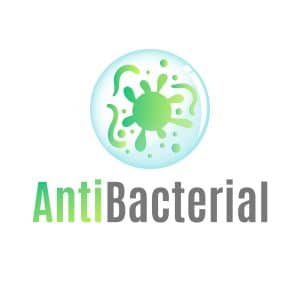
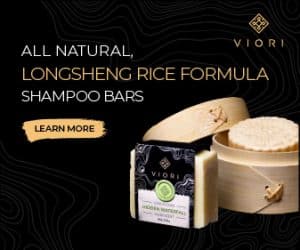
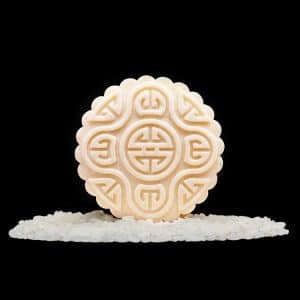

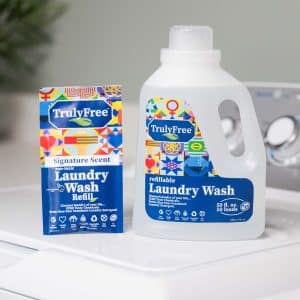

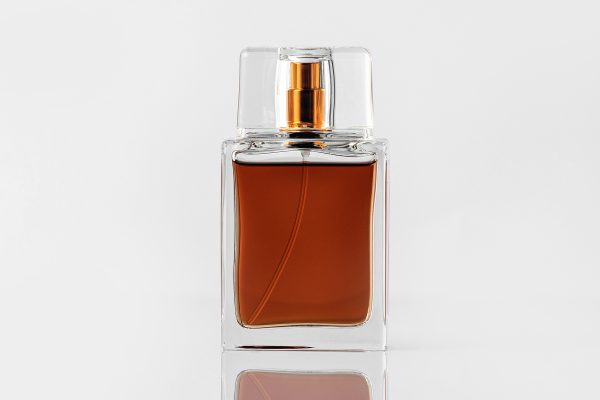
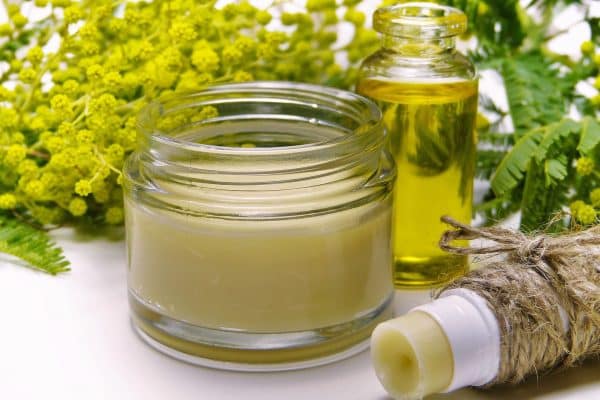
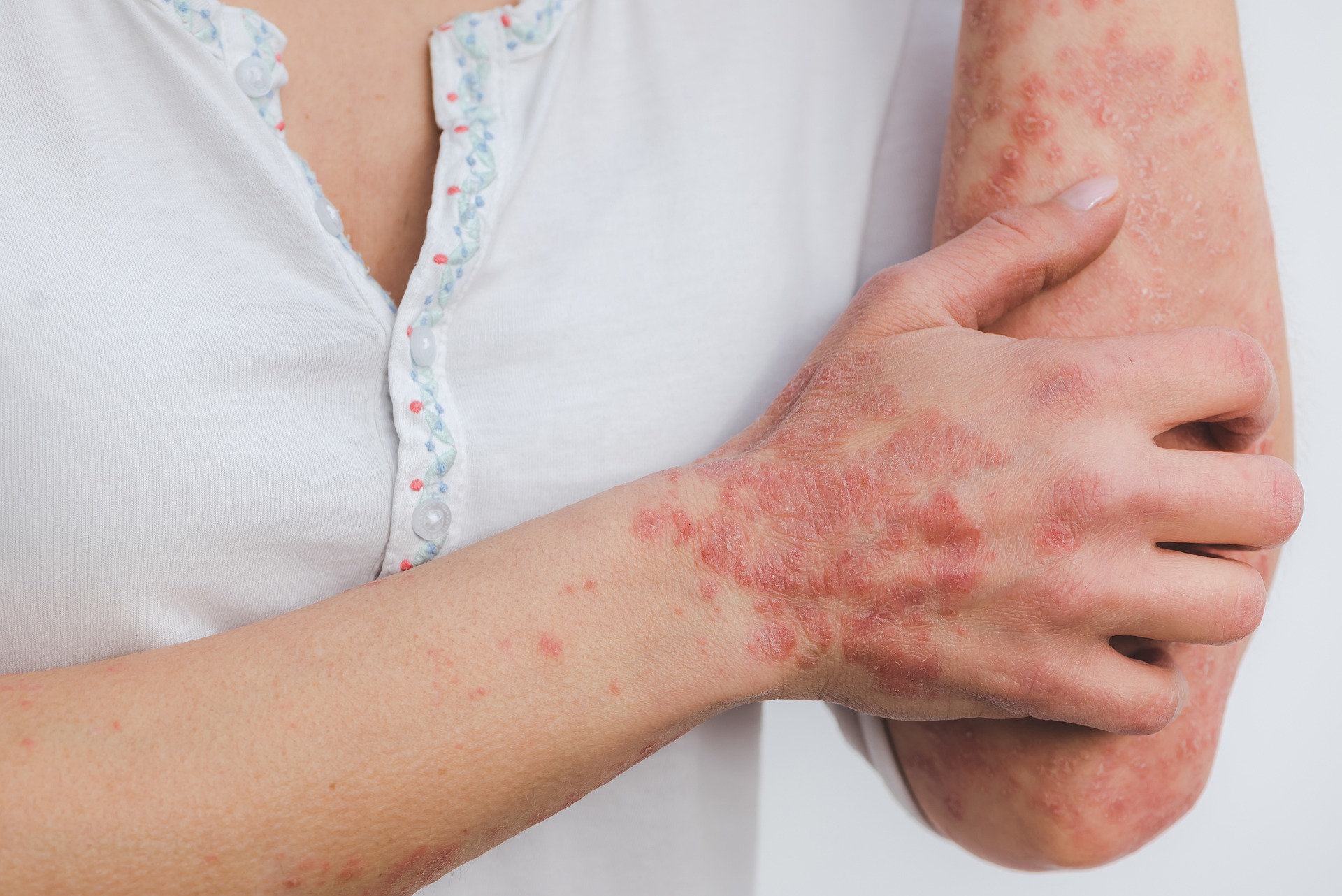

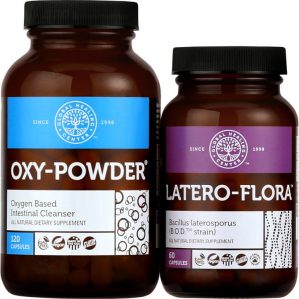
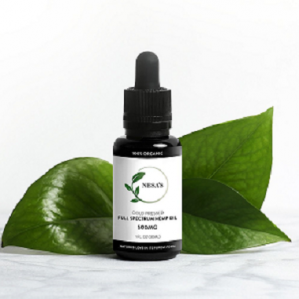
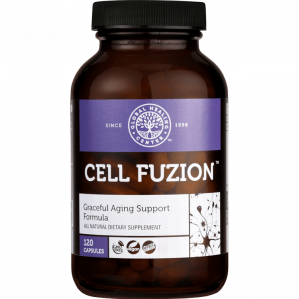
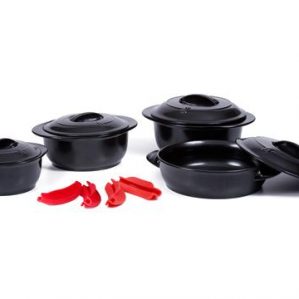
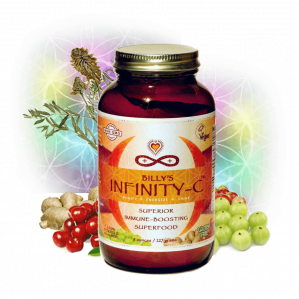











0 Comment